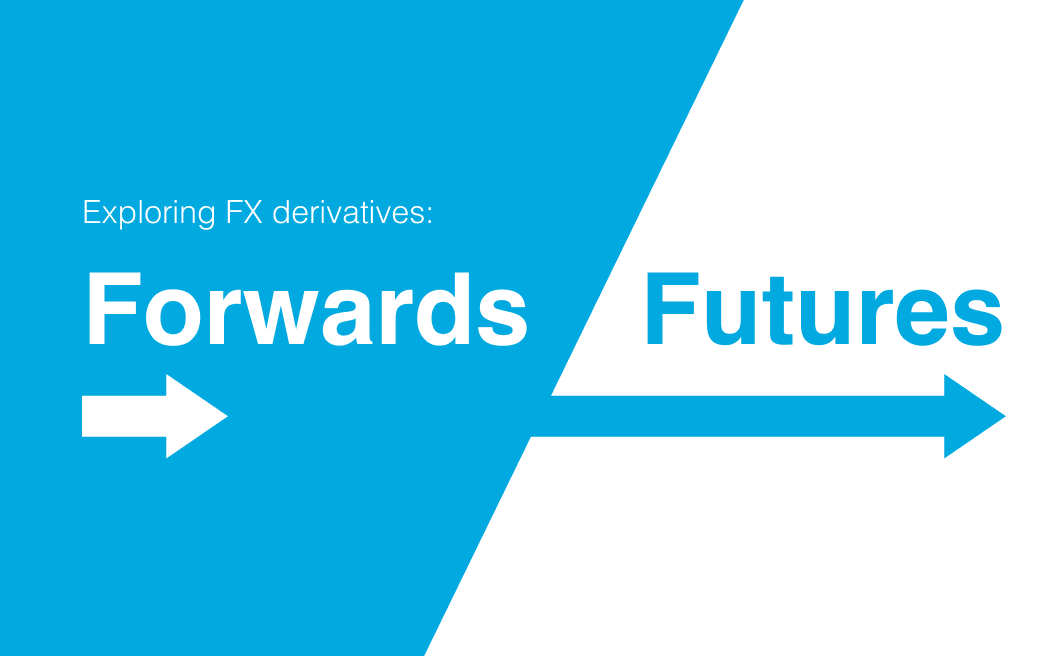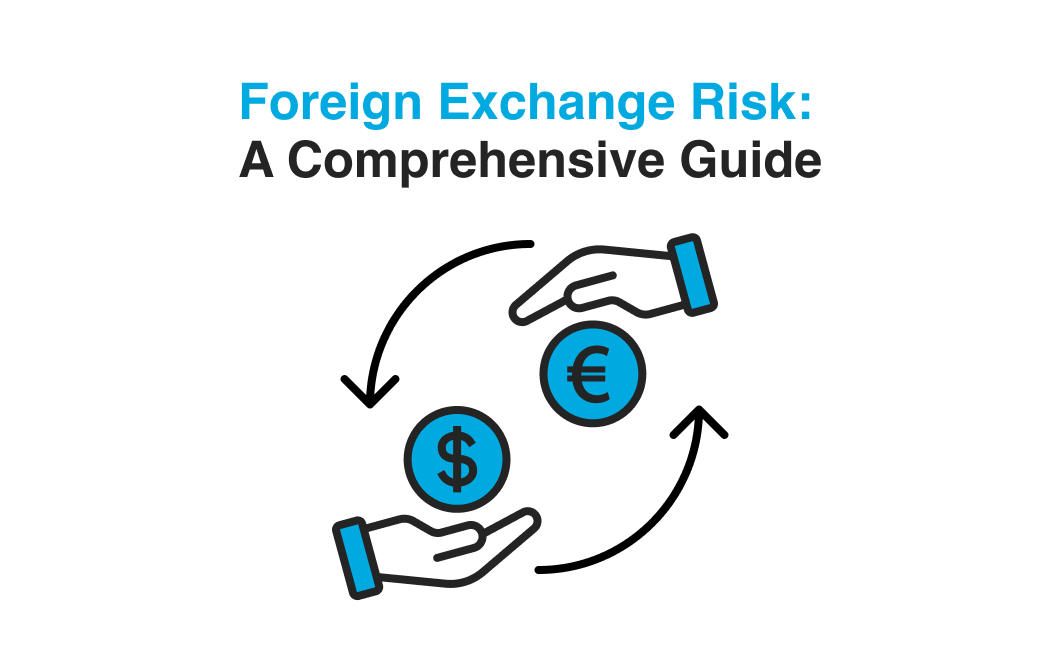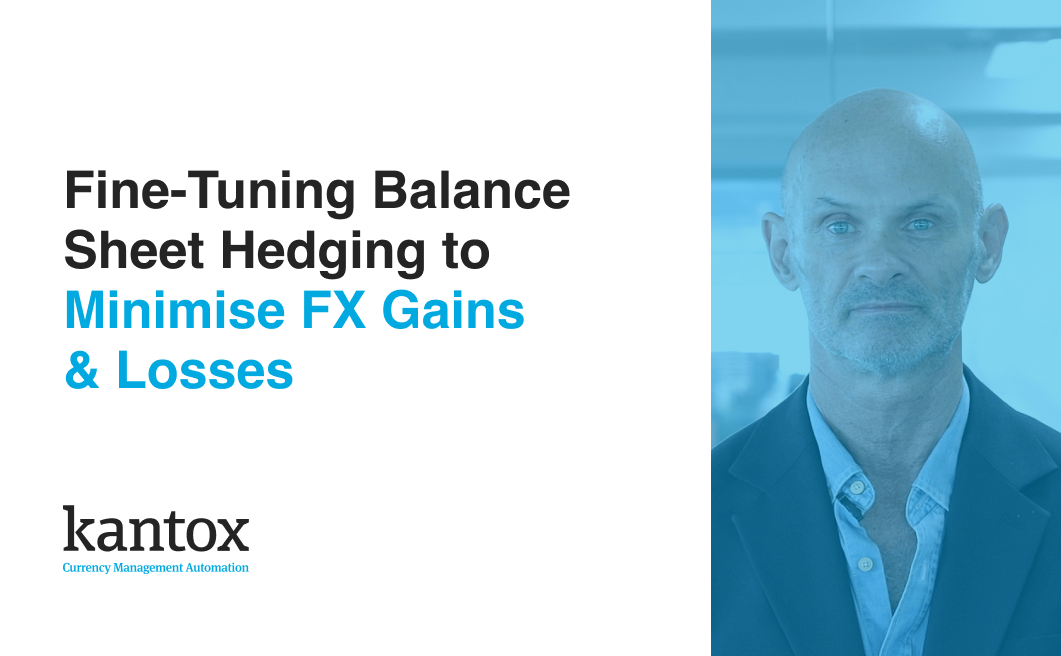Discover essential FX hedging strategies and currency management best practices from our foreign exchange experts.
CEO and CFO: 3 Ways to Improve their Relationship
The way companies run their day-to-day business has gone through expansive change over the last decade. With such change, the demands on, and roles of a company’s main figures have also expanded. Arguably the most important relationship of all for the success of a company today is that of the CEO (chief executive officer) and CFO (chief financial officer), and in order to remain competitive in an ever-changing business landscape, these two figures must successfully forge a relationship based on trust, a collaborative approach and a shared outlook on how to move their company forward. We look at 3 crucial ways to improve their relationship, taking into account the CFO role changes and new responsibilities bestowed upon the finance chief.1. Complementary rolesThough the chief executive officer unquestionably remains the head, the importance of the position of chief financial officer has been elevated in recent years. As increased caution has become the norm in light of the global economic crisis, a company’s finances are more closely scrutinised and techniques for risk management are given more heed than before. Now the finance chief is increasingly valued and viewed on an equal footing with the CEO, as discussed in our white paper. In order not to be exposed to the possibility of another economic crisis, companies have maintained this new paradigm of the partnership. Investors and boards still value above all others the classic combination of a visionary CEO and a meticulous, driven CFO. On the contrary, two visionaries are not desired, for instance, as they can often clash rather than complement one another. According to a Deloitte study, there are four types of character typical of both roles: guardian, pioneer, driver and integrator. Different combinations produce different results, though some combinations are more desired than others. Pointedly, almost 75% of effective partnerships include one driver, according to the study.Tip for finance chief: The CFO can adapt their approach based on the CEO’s style of work. They can analyse the CEO and pinpoint exactly how they work and which management style they adopt. A complementary style can then be adopted by the CFO. For instance, a visionary CEO is typically well complemented by a driven CFO with attention for detail. They can look for the strengths of the CEO and potential areas where they can add new value.2. TrustUltimately, a CEO must be sure that he can trust his CFO. It is the CEO who signs the accounts every year, to say they are accurate and authentic, based on the work and assurances of the CFO. Additionally, the CEO must trust that the CFO oversees the correct implementation and management of financial controls in place, and that they are up to date and abide fully by any pertinent legal obligations. In the event of an acquisition, for instance, a CEO works with the data approved by his CFO. He needs to be 100% certain that the numbers add up and that the true values at stake are not over or underestimated, in order to make the best decision. For this, total trust in his CFO is crucial.Without a good personal working relationship, their partnership will likely not work effectively. Many CEOs and CFOs highlight the positive personal relationship they have with each other as key to the success of their working relationship. Openness and frankness often underpin their success, as disagreements and differences of opinion are typical of this partnership.Tip for finance chief: The CFO holds the key to fostering a good working relationship between both figures. They can win the CEO’s trust by ensuring reliability across the board: all figures and data are correct and up to date, all controls and compliance measures are in place and optimised, and measures to cut costs and improve liquidity are continually sought. Should the CFO fulfil these criteria consistently in a timely, dependable manner, the CEO’s trust will naturally follow.3. Collaborative mindsetA CFO is expected to provide a company with a sober, honest assessment of a company’s outlook and position, based on facts and figures. This is where a stern, steadfast approach is often an advantage, whereas a CEO is looked to as the upbeat energiser.For maximised effectiveness, their differences in approach must be aligned in harmony for the good of the company. The litmus test for this is in reporting to the board. The CEO and CFO must coordinate what is to be reported, how it is to be presented, and how potential questions are to be fielded and ensure they are in tandem before a board meeting. This shows they are working together cohesively, and irons out any conflict before it reaches the board.The CFO can advise and make suggestions, but it must be the CEO that has the final word. Of course, the CFO’s advice is a fundamental pillar in the CEO’s decision-making process. A board will test this relationship, and if there is any sign of discord, it is a sign of greater problems to come potentially, something a board will certainly pick up on.Tip for finance chief: The effective finance chief must forge a relationship with their chief executive that allows room for opinion and where necessary, disagreement, without adversely affecting their working relationship. This is usually built up over time, where the two company leaders come to know and trust one another. The CFO must also be patient, offering their input and advice, but ultimately, respecting the final decision of the CEO.To find out more, download our white paper on the following link:Download CFO











